Control notes: Activate group 1 and move left slider down to drop the rear ramp. Activate group 2 for lights.
The GP-228 Yavi is a fictional WW2 era transport and close air support / attack aircraft, created for a Reddit contest: https://www.reddit.com/r/SimplePlanes/comments/xqb3sp/build_challenge/
The idea of a combined transport and close air support plane is an interesting one. A little analysis shows this could only be relevant in the inter-war or World War 2 era. Before this, planes simply weren't up to the job, while shortly after World War 2, helicopters became widespread.
History: The development of paratroopers and airborne infantry was studied by several countries in the years leading up to WW2. My fictional nation of Sundria was one of these, as it fitted with their military thinking - being a medium sized (if relatively wealthy) country, tactics relying on maneuver, strikes on logistic and command centres, and defeat in detail held a lot more appeal than the more manpower-intensive approach of pitched battles or attrition-based approaches. During studies into paratroops and airborne assaults, one obvious problem that came up was the relatively light nature of the forces that could be transported this way, an issue that both limited the operations they could carry out and made them vulnerable if an intelligence failure saw them facing unexpected resistance. To alleviate this issue, it was decided to combine the troop transport with an aircraft that could act in close support with them and have good striking power against strongpoints and armour. The result is the GP-228 Yavi. Being both fast and capable of operating from small airstrips such as Bandit, it maximises the potential for the surprise attacks that can make airborne assaults so effective. It is capable of carrying 16 soldiers and their gear in the transport compartment. These can either be landed conventionally, deploying from the rear ramp, or can be dropped as paratroopers. Additionally, by removing seats, light vehicles or field guns can also be transported. Once the troops have been landed, the Yavi will then take off again and be prepared to offer air support, coordinated by radio with the ground forces. It carries six machine guns in the nose for strafing attacks and use against soft targets, with four bombs to tackle bunkers or strongpoints and 8 rockets that can be used against armour or other harder targets. The volume of fire it is able to lay down also has a powerful disruptive effect on any defenders - it's hard to rally, form up and coordinate a defense when you're constantly ducking for cover from air attack.
Other uses:
- Some Yavis were stripped of their armament and redesignated as air ambulances for casualty evacuation. Their combination of high speed and ability to easily load stretchers made them well suited to this role.
- As the war went on, airborne radar became important, especially for night operations. The Yavi was able to carry the bulky, early sets, and saw use against night bombers. It was a temporary stopgap - although their guns and rockets proved useful against bombers, they lacked the speed of dedicated fighters, so were withdrawn as soon as lighter, faster night fighters could be developed.
Specifications
General Characteristics
- Created On Windows
- Wingspan 50.7ft (15.4m)
- Length 32.6ft (9.9m)
- Height 13.5ft (4.1m)
- Empty Weight 13,882lbs (6,296kg)
- Loaded Weight 15,965lbs (7,241kg)
Performance
- Horse Power/Weight Ratio 0.25
- Wing Loading 40.8lbs/ft2 (199.4kg/m2)
- Wing Area 390.9ft2 (36.3m2)
- Drag Points 5742
Parts
- Number of Parts 267
- Control Surfaces 6
- Performance Cost 1,172

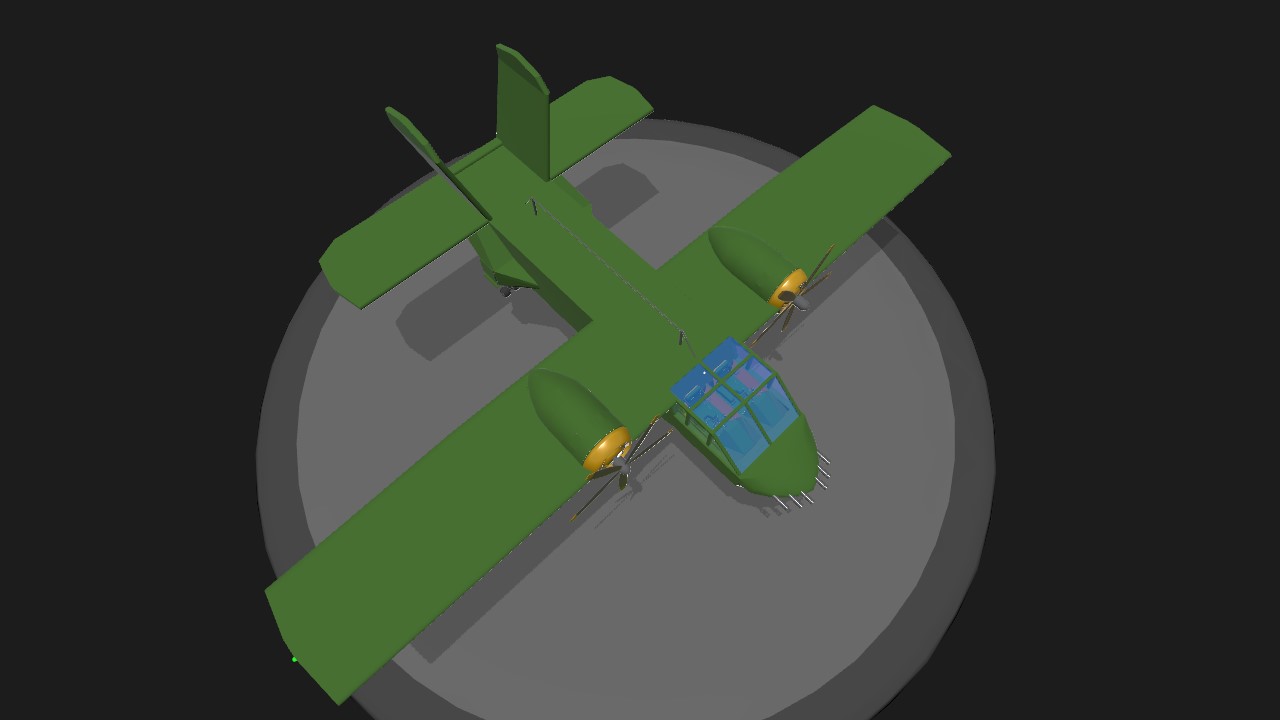
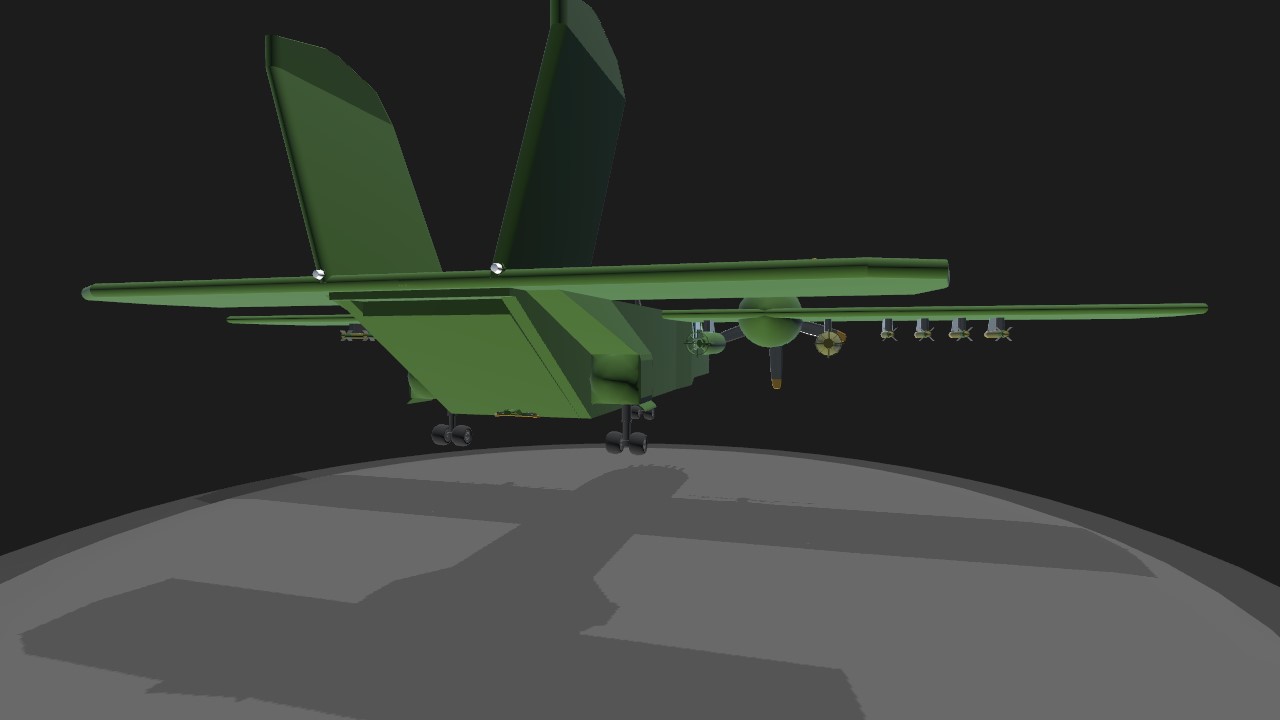
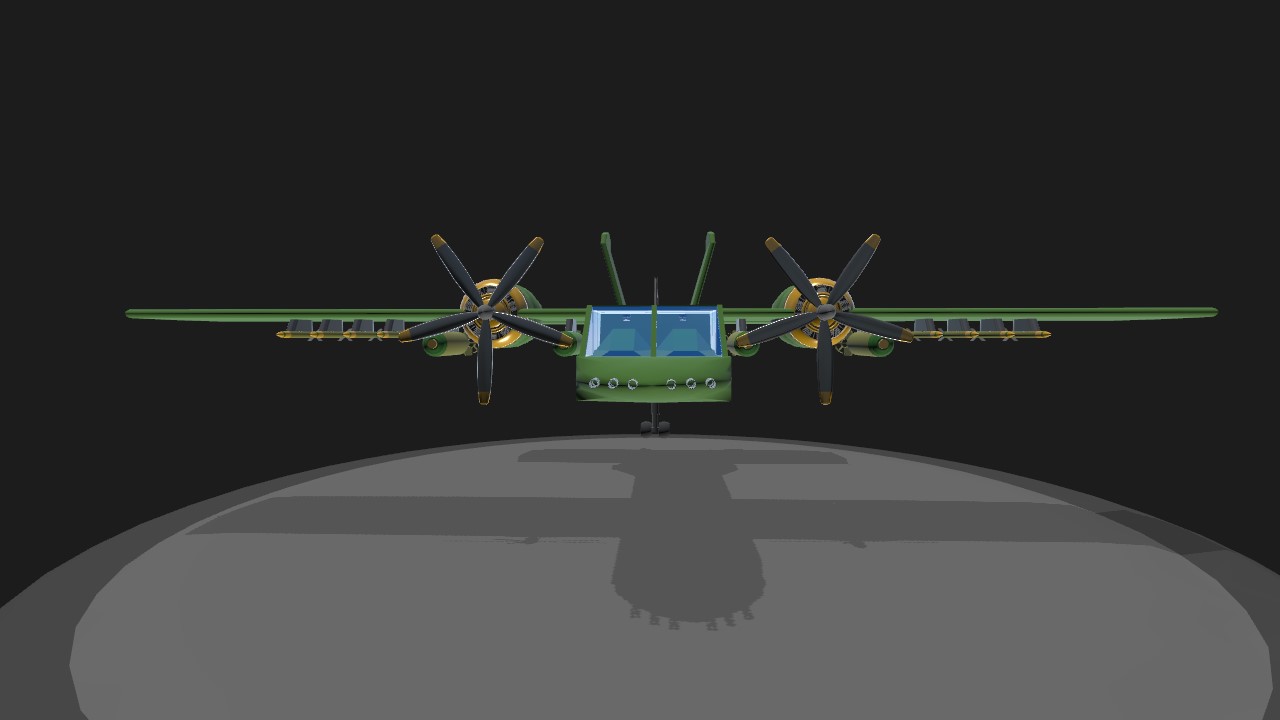
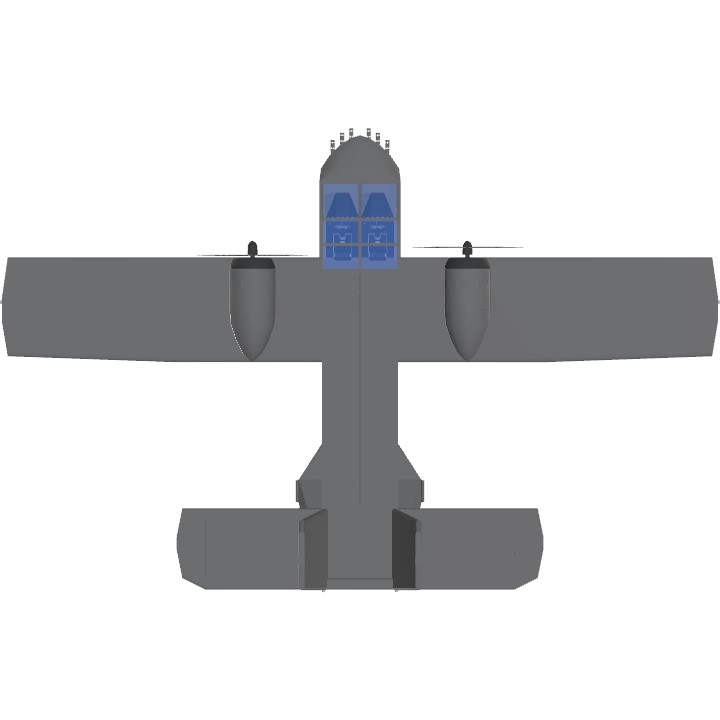

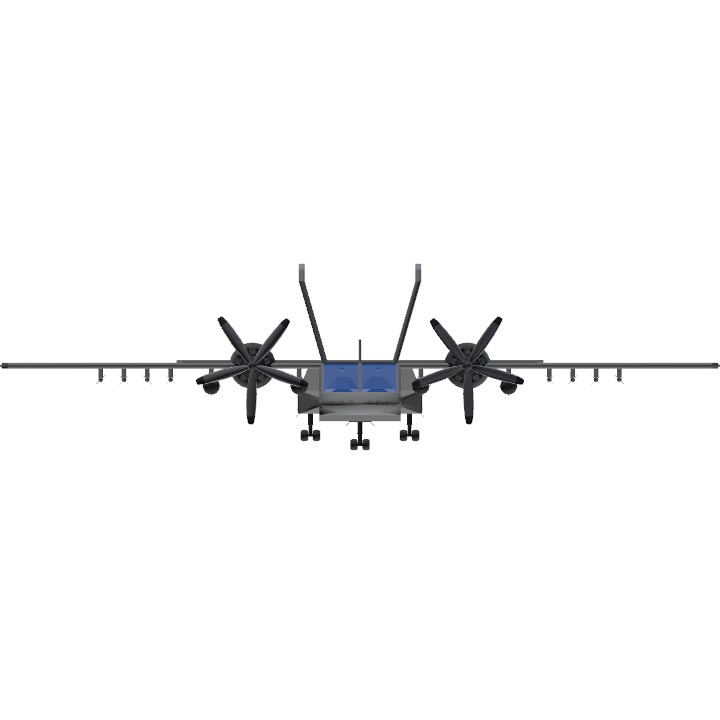
Where’s the GP-227?